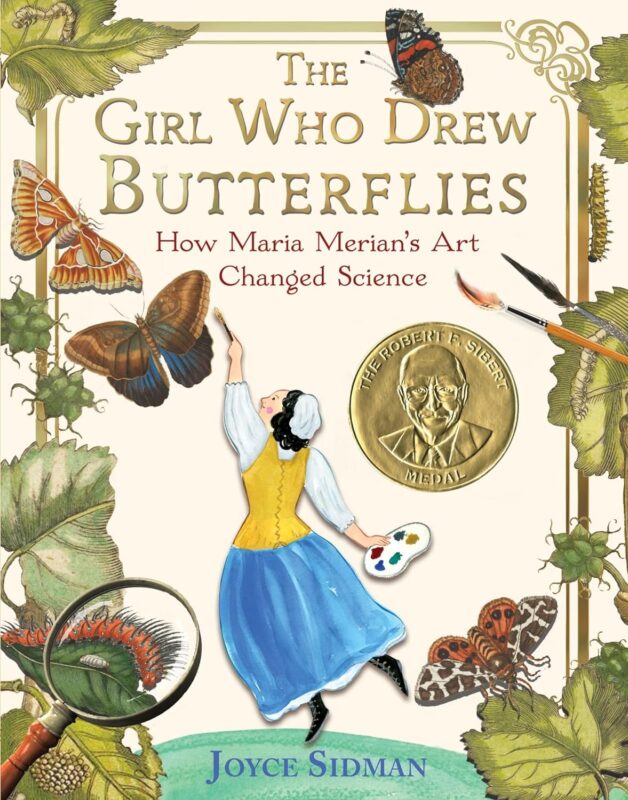“Summer Birds”

School has started and everyone is getting back into the routine – or are they? Is the routine boring? Is everything the same old same old?
WAIT! I just noticed something moving in the walnut tree outside my window. I thought squirrel, but NO, a pileated woodpecker! I want to go outside and listen to him rat-a-tat-tat. I want to hear him chortle. I want to marvel at this magnificent bird while I make a few sketches. I want to know what bugs he’s found. I want to learn.
Can I learn from observing, listening, and enjoying an afternoon in the warm fall sun? I absolutely can and so can your children. Most of us were brought up sitting quietly at a desk, listening to the teacher, and doing the assigned work. Most schools are still like that, especially as the years progress but I’d like to offer thoughts that might change your child’s attitude about learning and maybe yours too. No kidding, I just noticed the woodpecker outside my window but I was already going to challenge you to help your child explore “summer birds”. So what is a summer bird? That’s the kind of question you might want to ask your child before introducing this book, The Girl Who Drew Butterflies.
Literature is always an important part of exploring a subject. It may be above your child’s reading level or below their level. It doesn’t matter so long as it’s literature that piques their interest. This book by Joyce Sidman is not a picture book for beginning readers unless you plan to read it to them a few bites at a time. It’s a story of Maria Merian whose interest in art and butterflies changed science. As a child and as an adult she worked in a print shop. She ground materials to make paint and she was fascinated by “summer birds.” Can you guess what summer birds are? Yes, they’re butterflies, but in her day butterflies were considered nasty things that sprung from the ground spontaneously. Since there was an industry for silk, raising silk worms and butterflies for worm and silk production allowed her study silkworms without being arrested as a witch. Of course, she explored other butterflies and moths, making accurate sketches and paintings of what she observed. She also drew her moths and butterflies on the plants they used for food.
I can see so many lessons coming from this one book. There is history.
- from summer birds to butterflies – changes in vocabulary over the years
- Women’s Roles in 17th-Century Society
- History of book-making
- Witch hunts
Science
- life cycles of butterflies and moths
- materials to make paints
- ecosystems involving plants and insects
Art
- Discovering shapes in nature
- Drawing using symmetry
- Using accuracy in art to record observations
Of course, math can be used in many of these categories: shapes, symmetry, ratios in paint, calendars and counting in lifecycles, etc.
It really doesn’t matter whether your child attends public, private, or homeschools parents can spend time enjoying literature and nature with their children. Making outdoor activities a priority on the weekends may help you as a parent see how much your child could benefit educationally from your teaching. I love using the WonderfilledDays calendar to create some intrigue for learning. Might I also suggest it may help with those children (boys) whose parents are told the child is wiggly or can’t pay attention?
I need to go check out that woodpecker. See you later. Gail Cartee
Be sure to sign up to receive updates of each new post on our Christian Children’s Authors blog. #Christianchildrensauthors, #Christianhomeschool, #Natureliterature

This sounds like a wonderful book for all kids!
Definitely a book packed information in a storytelling way.